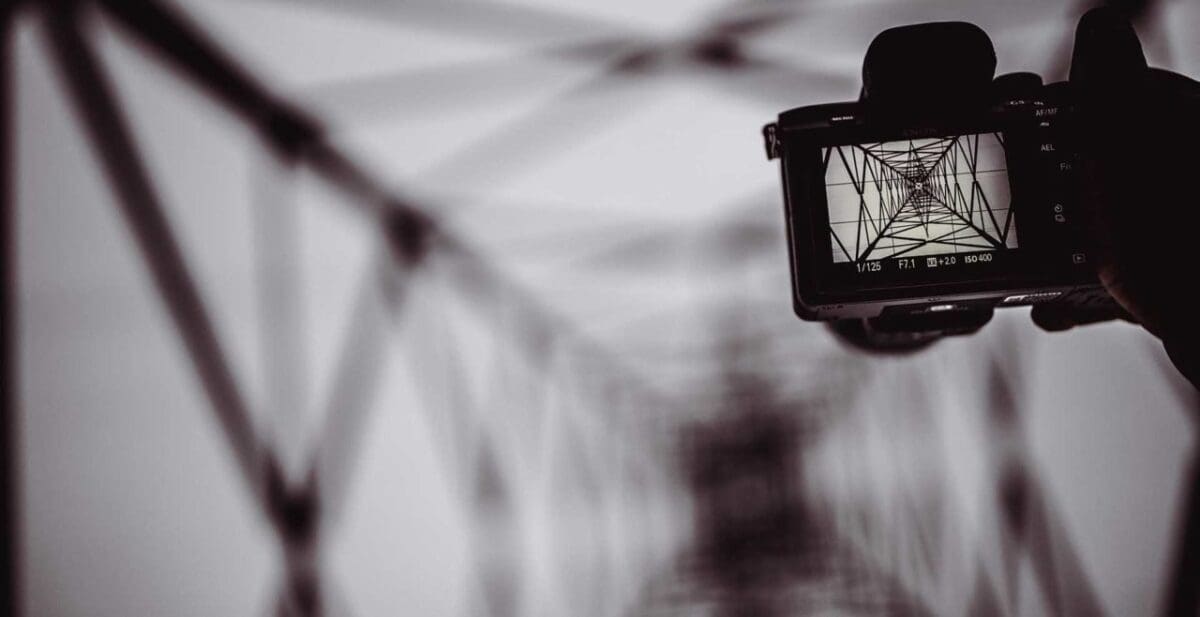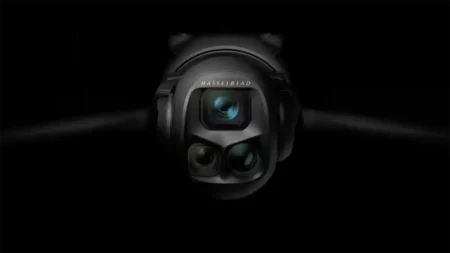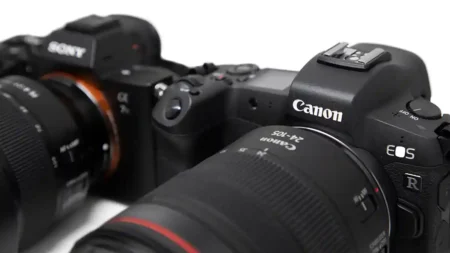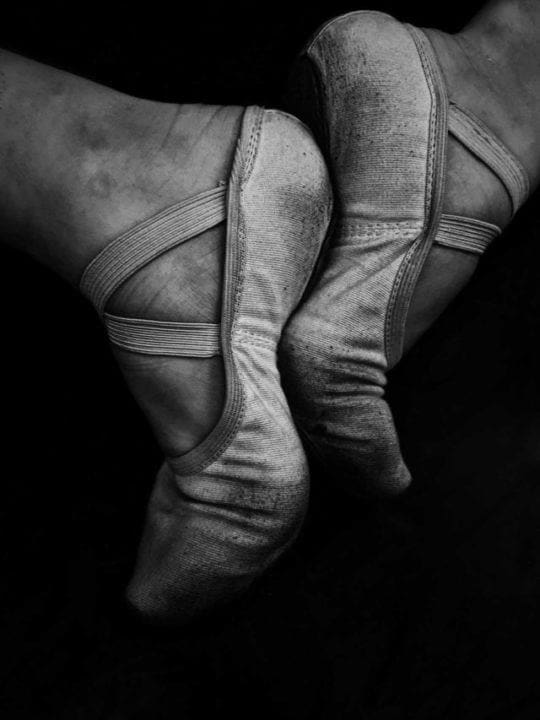Black and white, or monochrome, is one of the more enduring genres of photography, but in the digital age of quick conversions from colour it’s all too easy to make the mistake that any subject works in black and white. This couldn’t be further from the case.
The best black and white photographs are those which were conceived in monochrome. In other words, to shoot successful black and white images you’ll need to learn to see the world without colour. In this quick guide we’ll explain what to photograph in black and white for the best results, as well as what to avoid.
How to ‘see’ in black and white
There is a little-known trick used by artists that will help you to see the sorts of subjects that will work in black and white photography.
Their secret is to analyse subjects according to the key visual elements. These essential elements are shape, form, texture, pattern and colour.
Everything we photograph contains some, if not all, of these elements. However, a pro secret is that the most successful images are often those that use composition and lighting to highlight just one of these elements alone.
So when taking pictures with black and white in mind, the best subjects are those where you can accentuate the shape, form, pattern or texture in the scene you are photographing.
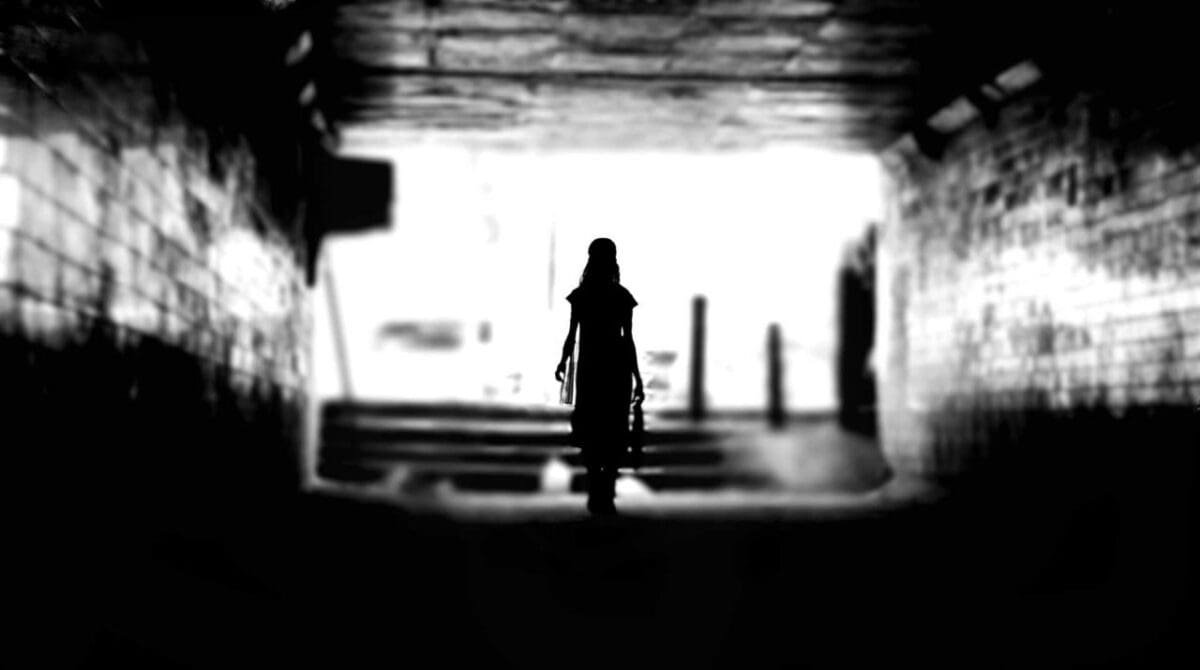
Best black & white subjects: look for shapes
What we mean by shape is the outline of a subject, and the best way to emphasise this in a black and white photograph is to frame a dark subject against a bright background. You can also achieve the same effect by framing a bright subject against a very dark background.
Probably the best example of this that we’ve all seen is a silhouette. The most successful silhouettes are those which capture something so recognisable that we’re able to tell what it is by its shape alone. A giraffe, for instance. Or the Eiffel Tower.
But successful subjects can be much subtler, and more obscure, than that. Palm fronds or people, for instance. Even a fork! We all know what those outlines represent.
The best silhouettes are those which which are something with a very distinct, instantly recognisable shape.
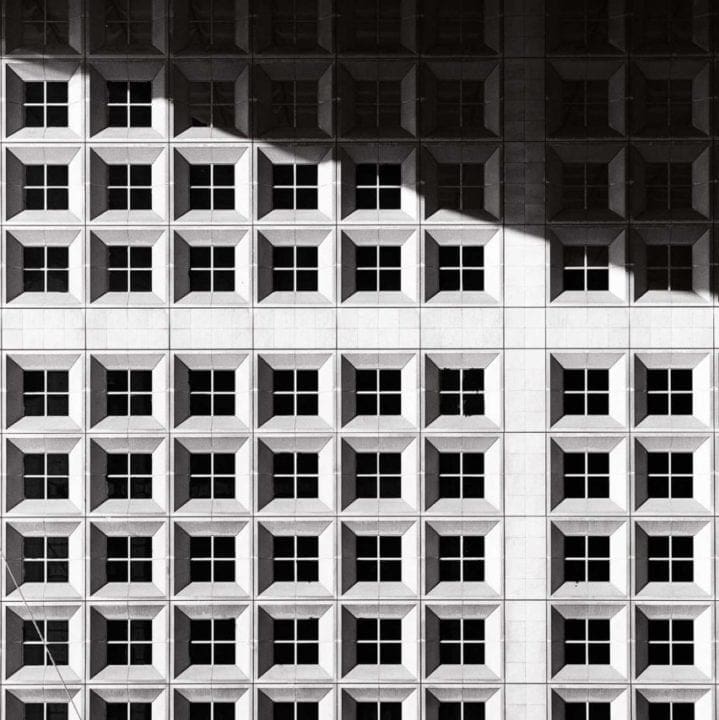
Best black & white subjects: look for patterns
A pattern doesn’t need to be complex. It can be as simple as polka dots or parallel lines. A pattern is nothing more than the repetition of shapes within a scene. Ince you start searching for these, you will be amazed at how often they appear in the world around you.
Nature is flush with patterns, from leaves to honeycomb to ripples in the sand. The most difficult part of shooting patterns often isn’t finding them, but rather getting close enough to capture the effect.
If you have one, a macro lens or a long telephoto will let you get in close to frame the effect in a way that has impact. Failing that, your standard zoom lens will do.
Outside of nature, architecture is perhaps the best subject for capturing monochrome patterns. And the best way to emphasise the effect is to shoot the patterned surface from a flat-on camera angle.
Best camera settings to photograph patterns in black and white
Exposure: 1/25sec
Aperture: f/7.1
Sensitivity: ISO320
Lens: 70-200mm
Subjects that don’t work in black & white
Sometimes it’s also worth thinking about the images that don’t work in black and white before you take a photo. For instance, you’re framing a glorious sunset. When converted to black and white, will this scene look as spectacular when absent of colour? Or will it just look like a flat sky?
Likewise, other subjects might blend into their surroundings. Think about shooting close-ups of flowers, for instance. For a start, when you lose the colour you’re losing the most impactful element of that scene.
But all those greens and blues and reds will form a similar grey tone when you convert it to black and white, meaning the whole scene will blend together. Your viewer will have no focal point as an anchor.
It can be helpful to compose your images in your camera’s monochrome mode to give yourself a rough idea how a black and white conversion of your scene might look.
